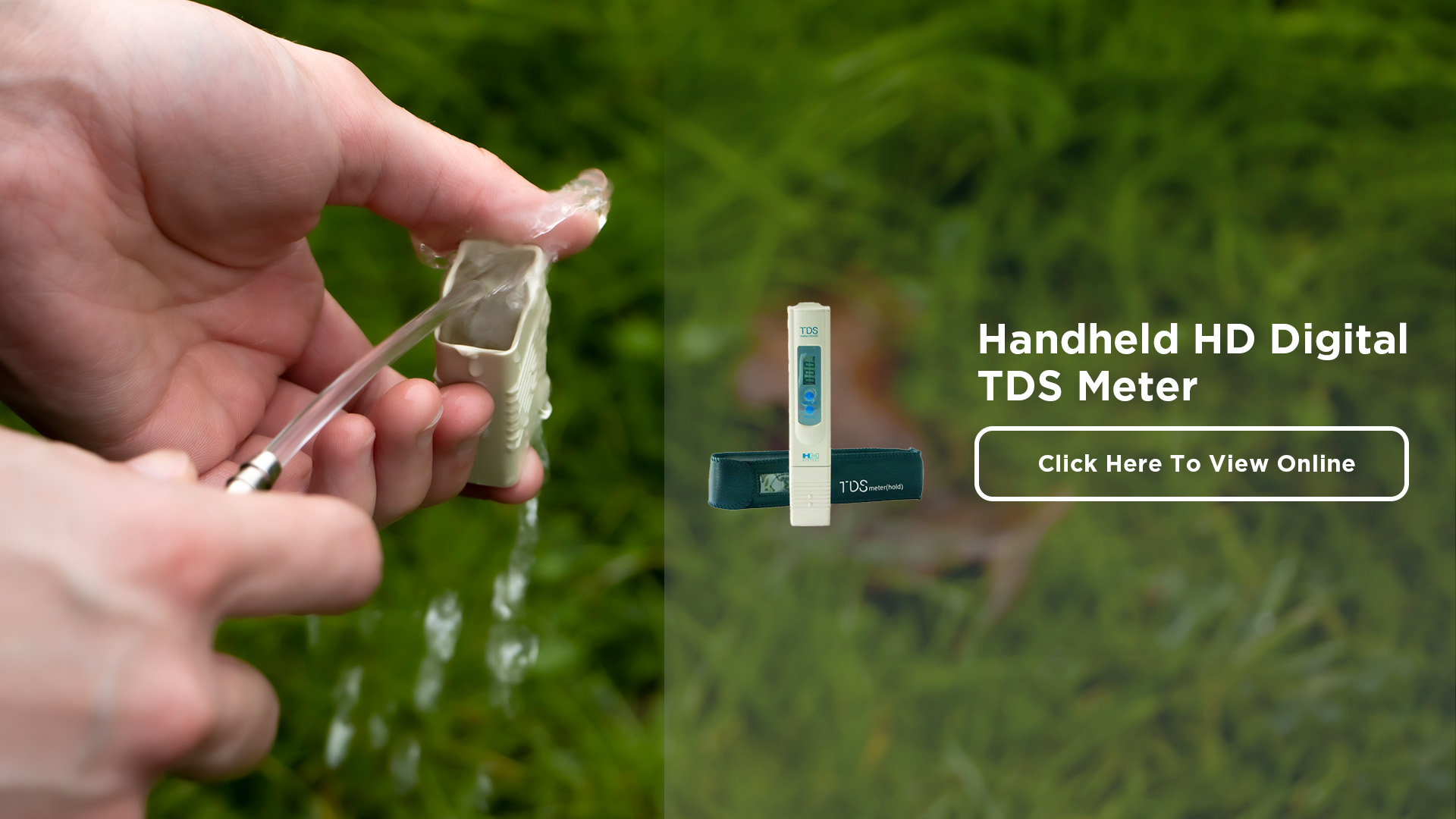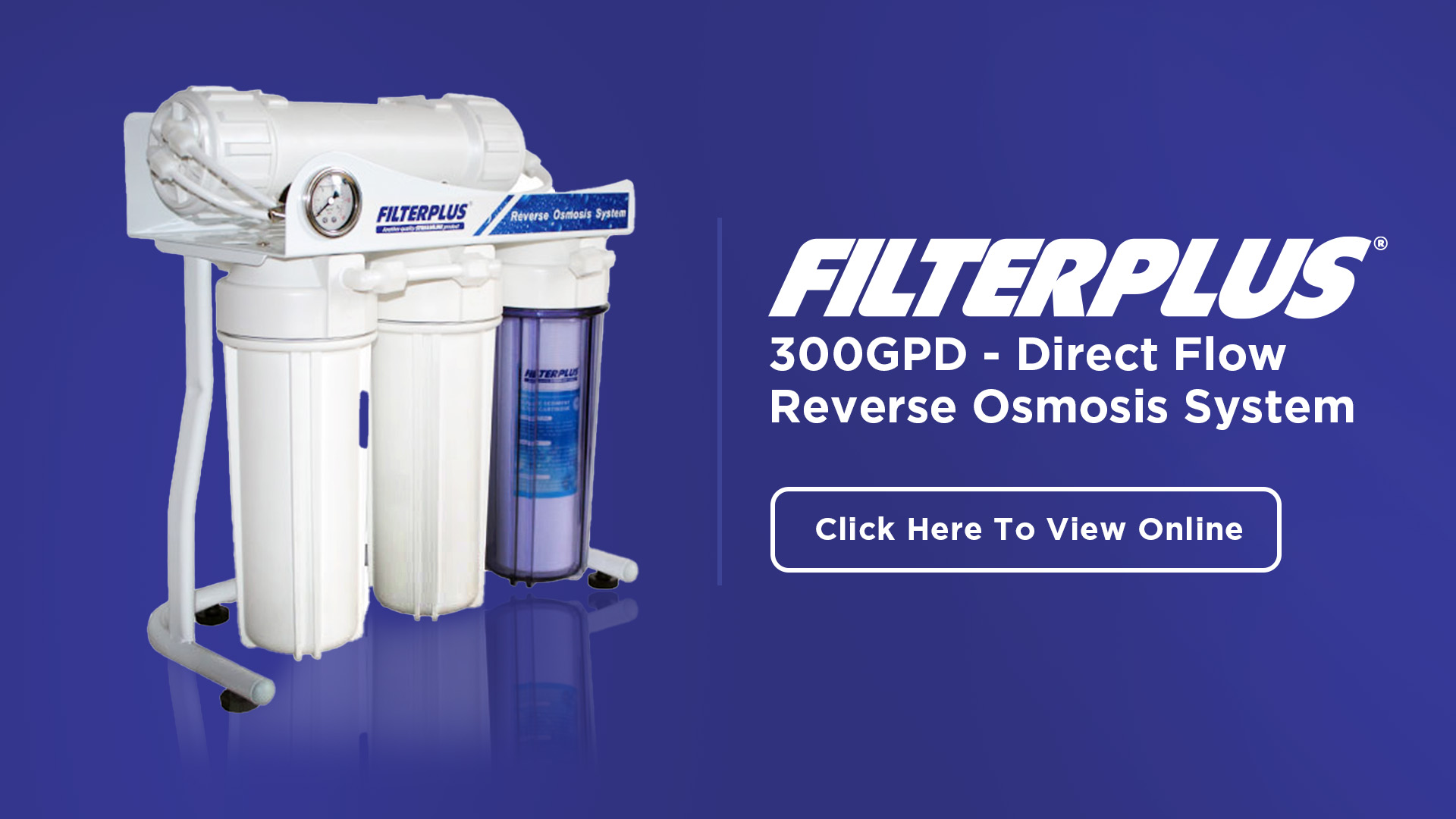This website uses cookies so that we can provide you with the best user experience possible. Cookie information is stored in your browser and performs functions such as recognising you when you return to our website and helping our team to understand which sections of the website you find most interesting and useful.
Streamline Systems are designers and suppliers of specialist high-reach waterfed high-pressure power washing and window cleaning equipment. From fully fitted customised cleaning trailers and vehicles, Pumps and carbon fibre telescopic waterfed poles, accessories and parts. Fully portable window cleaning pumps and equipment.



